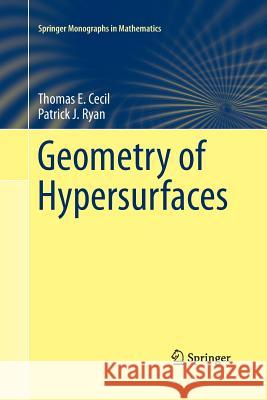Geometry of Hypersurfaces » książka
topmenu
Geometry of Hypersurfaces
ISBN-13: 9781493945078 / Angielski / Miękka / 2016 / 596 str.
Kategorie:
Kategorie BISAC:
Wydawca:
Springer
Seria wydawnicza:
Język:
Angielski
ISBN-13:
9781493945078
Rok wydania:
2016
Wydanie:
Softcover Repri
Ilość stron:
596
Waga:
0.84 kg
Wymiary:
23.39 x 15.6 x 3.12
Oprawa:
Miękka
Wolumenów:
01
Dodatkowe informacje:
Wydanie ilustrowane











